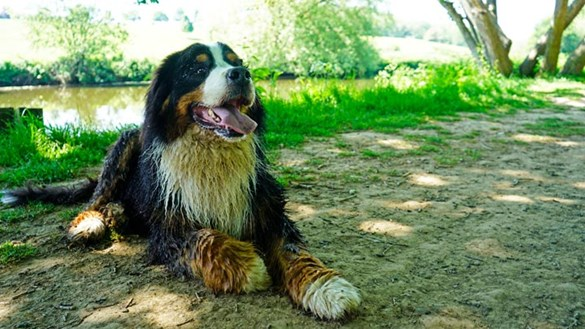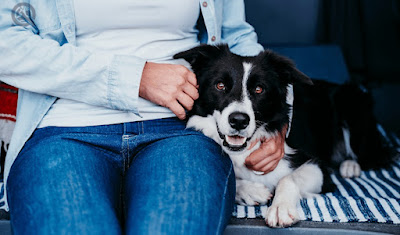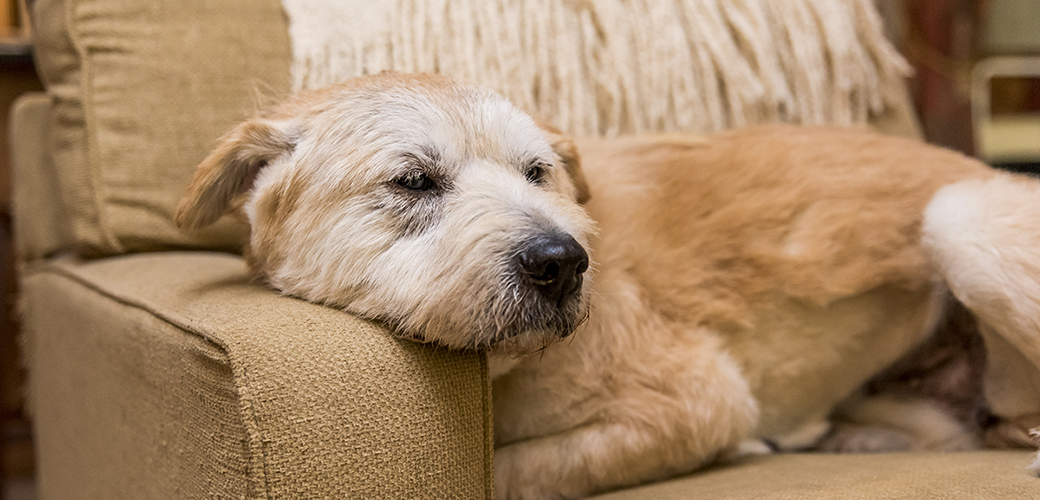How to Care for Dogs with Algae
Algae are a type of plant that grows in water. It’s often found in ponds and lakes, and can also be found in the ocean. Algae can be helpful to aquatic ecosystems, providing food and shelter for fish and other animals. But algae can also be harmful to dogs. If your dog ingests algae, it can cause vomiting, diarrhea, and even liver failure. That’s why it’s important to know how to care for dogs with algae and how to prevent them from coming into contact with it in the first place.
In this blog post, we will explore how to care for dogs with algae and how to prevent them from coming into contact with it. We will also provide some tips on what to do if your dog does ingest algae.
What Foods to Feed Dogs with Algae?
There are a variety of foods that you can feed your dog if they have algae. Some of the best options include:
1) Fish
Fish is a great option for dogs with algae because it is packed with healthy omega-3 fatty acids. Not only will this help improve your dog's coat and skin, but it will also help boost their immunity.
2) Eggs
Eggs are another excellent source of nutrients for dogs with algae. They are loaded with protein and essential amino acids, both of which are important for maintaining a healthy coat and skin.
3) Vegetables
Vegetables are a great way to add extra vitamins, minerals, and antioxidants to your dog's diet. Some of the best options include sweet potatoes, carrots, spinach, and broccoli.
4) Fruits
Fruits are a great source of fiber and vitamins for dogs with algae. Some of the best options include apples, bananas, blueberries, and watermelon.
How to Prevent Algae Growth in Dogs?
As algae grow in water, they release oxygen gas. However, some types of algae also release toxins that can be harmful to dogs if ingested. To prevent your dog from coming into contact with these toxins, it is important to remove any algae from their environment and keep them away from areas where algae growth is known to occur.
There are a few simple things you can do to help prevent algae growth in your dog's environment:
- You should always keep their living area clean and free of debris where algae can grow.
- You should change the water in their bowl or watering hole regularly.
- In case you live in an area near a body of water where algae are known to grow, keep your dog on a leash while visiting these areas.
Conclusion
We hope you've found this article on how to care for dogs with algae helpful. Algae are a common problem for dog owners, but it's one that can be easily remedied with the right products and procedures. Be sure to follow the tips outlined in this article to ensure that your dog stays healthy and free of algae growth. If any of these indicators arise, consult your vet immediately and if found early, your vet could be able to drain out the poisons before your dog gets completely affected. And remember to properly groom your dog by taking them to a pet grooming service.
Other recommended posts






Comments
Post a Comment